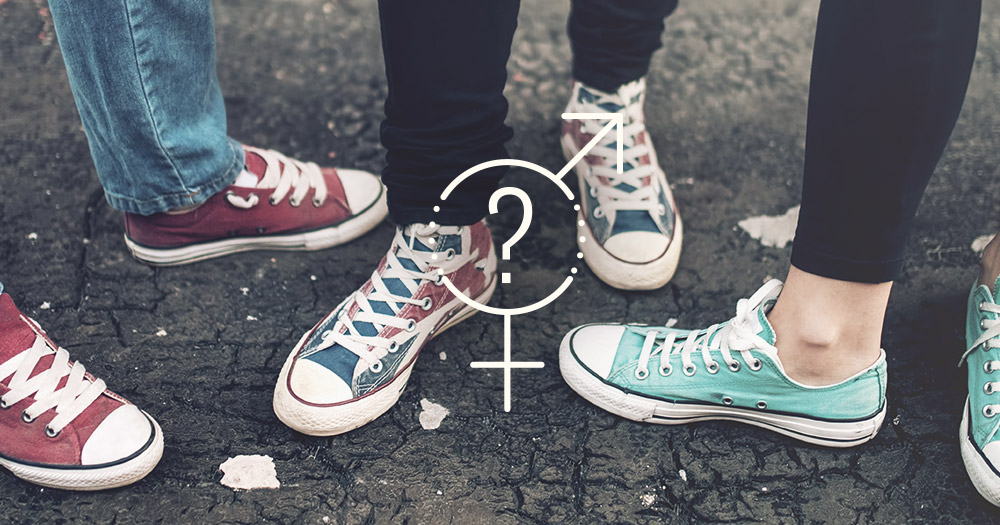As I reach my third year as an insights analyst with the Fountainhead team, I can’t help but think back to my last year of undergrad. I knew the basics of market research. I knew that I was interested in people and their motivations. I knew that there was so much I didn’t know. The funny thing about learning on the job is you don’t notice how much you’ve learned until you take a second to reflect and think how little you knew before. Looking back now, here are five key awakenings I’ve had from my time with Fountainhead.










